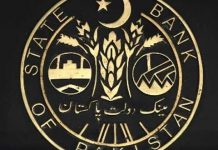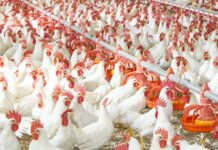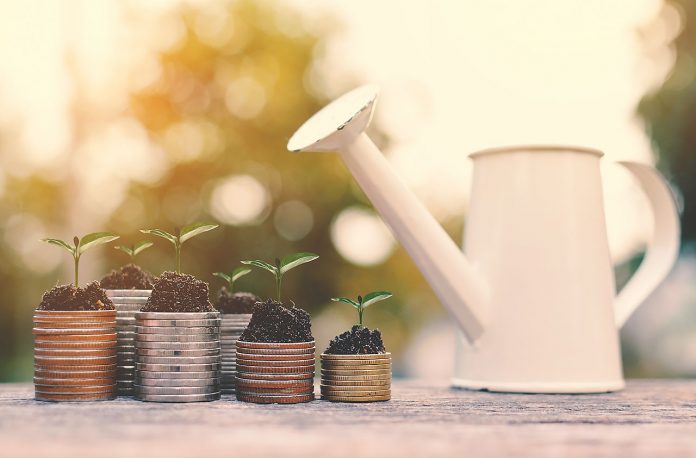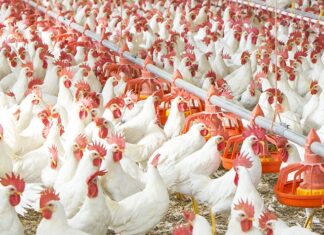Since April 2022 inflation has risen by 169%, currently tipping almost 35%. For the vast majority of the white-collar working class, Gen X and millennials, this is the first time they are experiencing such rapid erosion of their buying power.
“We are buying the same groceries but at a lot higher prices,” said Saira Aslam, a housewife based in Islamabad. “It has become extremely difficult to maintain the lifestyle of our family. This is the first time my husband had to take a loan to pay our daughter’s O Levels exam fee because his savings are eroding every month,” she continued.
“I used to spend half my earnings and save the other half. But now almost 50% of my earnings, especially in Ramadan, goes to food only,” said a 25-year-old NUST graduate, who is the primary breadwinner of his three-person family.
Pakistan’s gross savings rate has been constantly declining for the last decade. The added inflationary pressures have further weakened the savings rate, which in June 2022 was measured at 3.8%.
Why are savings for a country important?
A traditional national income identity, where cumulative GDP for a country is a function of consumption, investment, government expenditure, and net exports, suggests that as savings in an economy increases, overall investment also increases. Behind this is the assumption that a rational agent saves because they get a certain rate of return. So as the overall stock of savings increases, the overall investment also increases.
A higher savings rate, which includes public and private savings, typically results in higher levels of economic output in the long run. It is the ability to cope with the financial hardship that ultimately means that the economy recovers much faster.
Pakistan’s position in this regard is abysmal. Data released by the World Bank shows that the gross domestic savings of Pakistan fell from 16.5% in 2000 to 3.8% in 2022. In contrast, the gross domestic savings of India increased from 24.3% to 30.2%, and Bangladesh’s from 20% to 25.3% in the same period.
Why is that so?
In Pakistan, the issue isn’t that people don’t save. Households do save but in undocumented and untaxed ways. For example, you guessed it right, through plots and gold. Savings that either result in an increase in bank deposits, stock of national savings or flow into the capital markets, among other avenues can be counted as savings in national accounts, which can eventually be routed as investments as banks lend into the real economy (or back to the government). But if the same capital is simply redeployed in real estate, the wealth is essentially blocked, and not in circulation for the benefit of the entire economy.
Read further on this: Plotistan: The mystery of low savings rate
Similar is the case with gold. There is no legal sale of gold in Pakistan. Most of the gold that is available in the market is smuggled in or repurposed the already available one. So the asset is untaxed and stores wealth in an unproductive manner.
These savings habits stem from the lack of incentives from the state. The State Bank of Pakistan (SBP) is considered behind the curve in promising rightful returns to investors. If the inflation is 26% and the policy rate is 21% (which increased just two months ago) why would someone want to invest in bonds?
There’s an added reason also – the lack of trust in the policies. A report by the SBP in 2019 says that there is a discrepancy between the country’s investment policy and investment laws.
Pakistan’s existing investment policy framework offers investors non-discriminatory regulations, openness to FDI in all segments of the economy (except those reserved on account of national security concerns), the possibility of 100% ownership in most of the sectors, and the absence of any restrictions on currency convertibility.
However, in addition to the investment policy, two main documents define the overall investment regime in Pakistan: the Foreign Private Investment Act of 1976 and the Protection of Economic Reform Act of 1992. Therefore, the investment policy is more of an attraction document, while the two acts together form the legal foundation that governs the investment-related matters of the country. The existence of these three concurrently active documents adds to investors’ confusion about the permissible scope of investment activities and the overall incentive structure in the economy.
Dr Ali Hasnain, head of the economic department from LUMS said that “the lack of law enforcement, and in particular about lack of property rights, contract enforcement and general safety, and by arbitrary taxation. In other words, when any investment you make is threatened by theft, kabzaa, or sudden and unfair taxes, you are less likely to invest in productive ways.”
Panic in current times
In times of economic crisis, people rush to withdraw their investments. This is evident in the given data: The SBP reported that the outstanding investment in saving schemes (net of prize bonds) reduced to Rs 2.92 trillion in February 2023, compared to Rs 3.48 trillion in the same month of the last year, showing a drop of 16%.
The bank data suggested that investors pulled out Rs 26.68 billion from Defence Saving Certificates (DSC) during Jul-Feb FY23, withdrew another Rs 26.76 billion from Regular Income Certificates (RIC), divested Rs 71.89 billion from Special Savings Certificates (SSC), and disinvested another Rs 167.26 billion from other schemes.
In response, the government has raised profit rates by big margins on all the national savings schemes (NSS) to 4.3%. But the ultimate questions remain: is it enough to curb the inflationary impact which is currently above 30%, or drive saving habits to the formal financial systems? Probably not.























In Ramadan, things are more expencive. More than a half salary goes to buy food only.